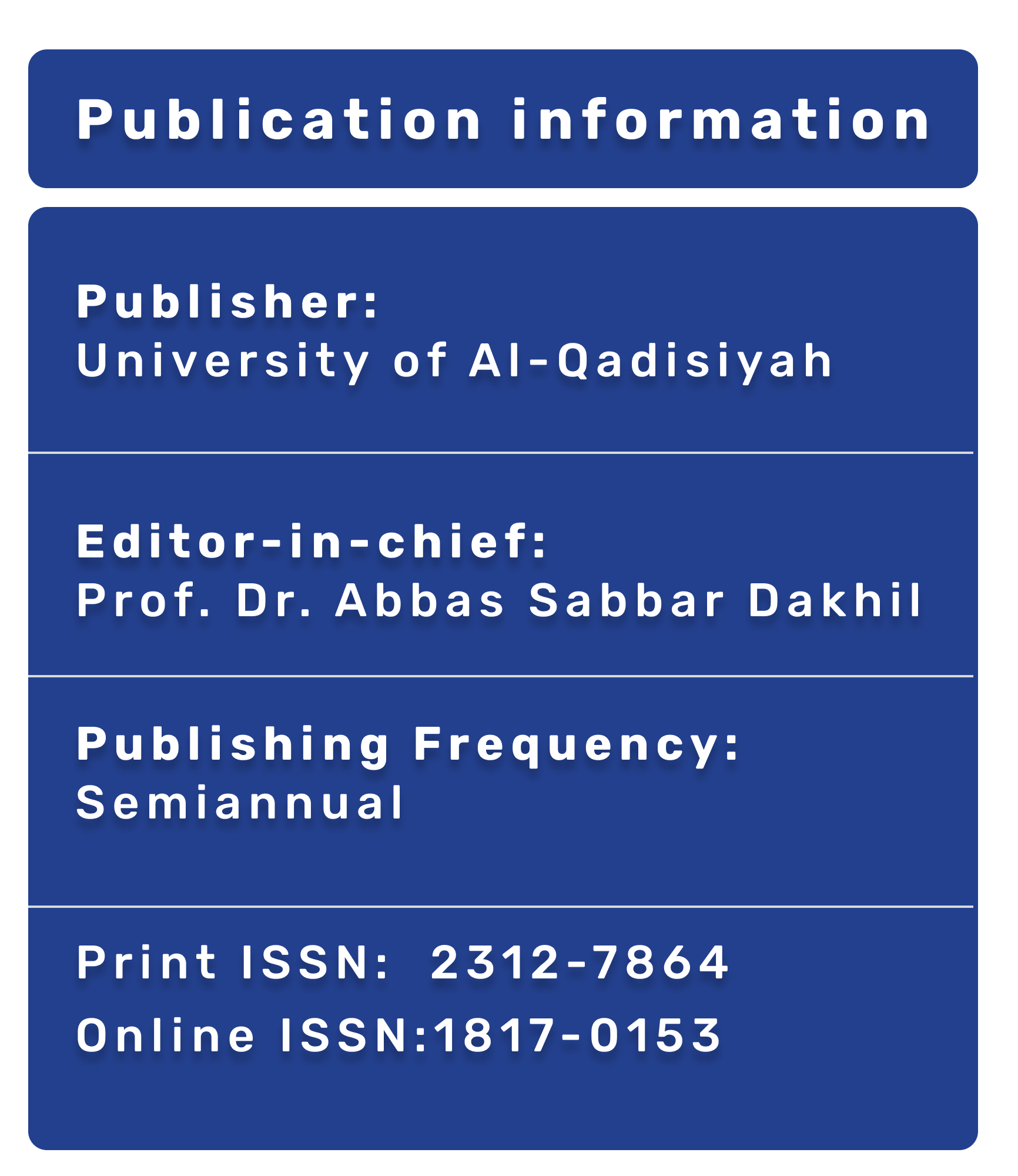The Frequency of complications of tympanomastoidectomy
DOI:
https://doi.org/10.28922/qmj.v20i1.807الكلمات المفتاحية:
tympanomastoidectomy، complicationsالملخص
Background: A lot of complications could arise during and after tympanomastoid surgeries. The study of the frequency of these complications is a crucial step to compare the risk and benefits of such surgeries and to compare the risk of surgery with that of the disease itself; in addition it provides an idea about the precipitating factors of these complications.
Aim of the study: To review cases of middle ear and mastoid disease treated surgically with different types of tympanomastoidectomies to find the frequency of complications of these surgical procedures and to assess intraoperative findings to ascertain the preventable factors that precipitate these complications.
Patients and methods: a retrospective study spanning a period of 2 years(Jan.2015-Dec.2016) .The data were collected from the records of 44 patients (50 ears) who underwent canal wall up and canal wall down tympanomastoidectomies in Ad-Diwaniyah Teaching Hospital. The charts were evaluated for patient`s age, sex, type of surgery, intraoperative pathology, and complications of surgery.
Results: Canal wall up mastoidectomy (CWUM) was performed for 36 ears (72%) while canal wall down procedure (CWDM) was done for 14 ears (28%). Patient's age was ranging between (9-67) yrs., the mean age was 31.43 yrs. Females were 29 (65.9%) and males were15 (34.1%).The most common intraoperative finding was granulation tissues in 29 (64%) ears followed by ossicular erosion in 22 ears (44%), while cholesteatoma (CS) in 14 ears (28%).The most common type of surgical complications was the persistence of discharging ear in 9 ears (18%). The second most frequent complication was the change of taste and surgical site infection in 6 ears (12%) in each one. Perforated grafted TM was developed in 5 ears (10%), meanwhile the figures for facial nerve paralysis, meatal stenosis, perichondritis, vertigo, sigmoid sinus bleeding, hearing deterioration were in 1 ear (2%) for each one.
Conclusion: The current study showed that the frequency of complications of tympanomastoid surgery is low and many of them are temporary and can be treated without surgical interventions and most of these complications can be avoided if the patients properly evaluated preoperatively.








